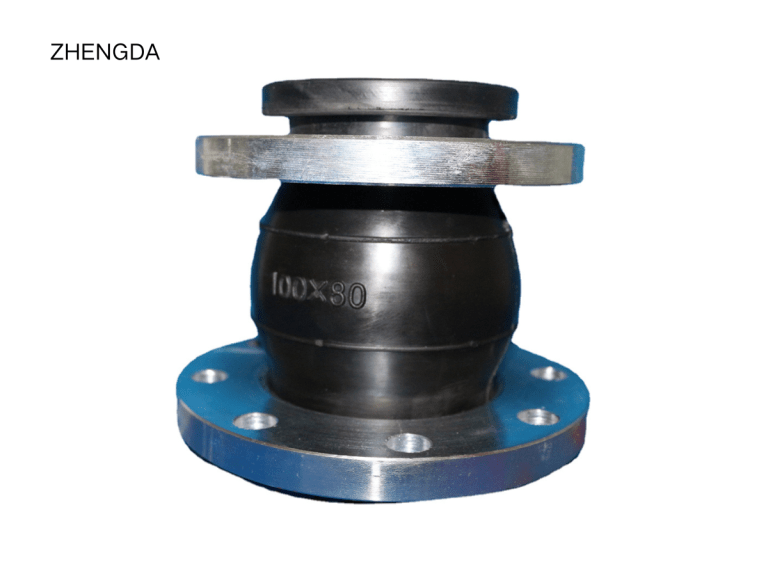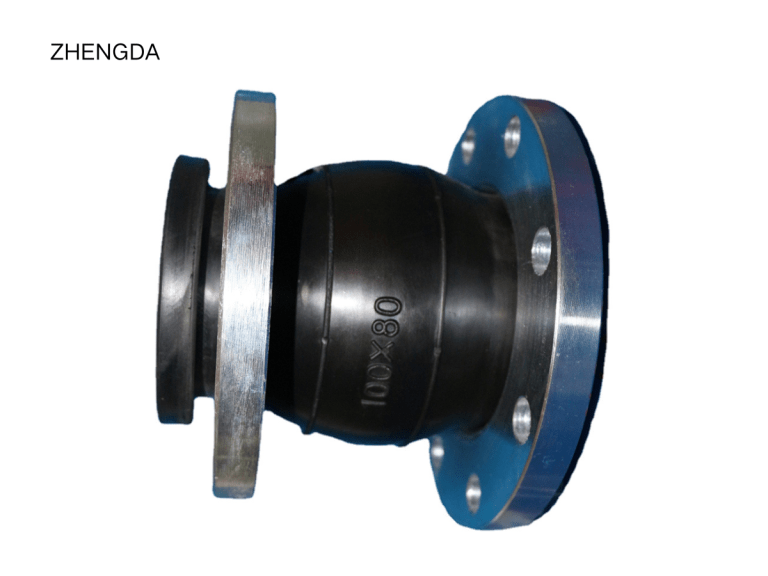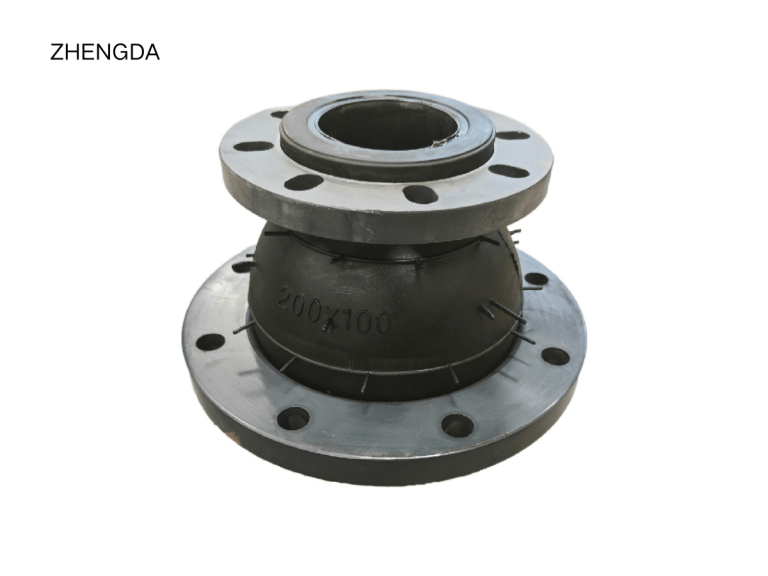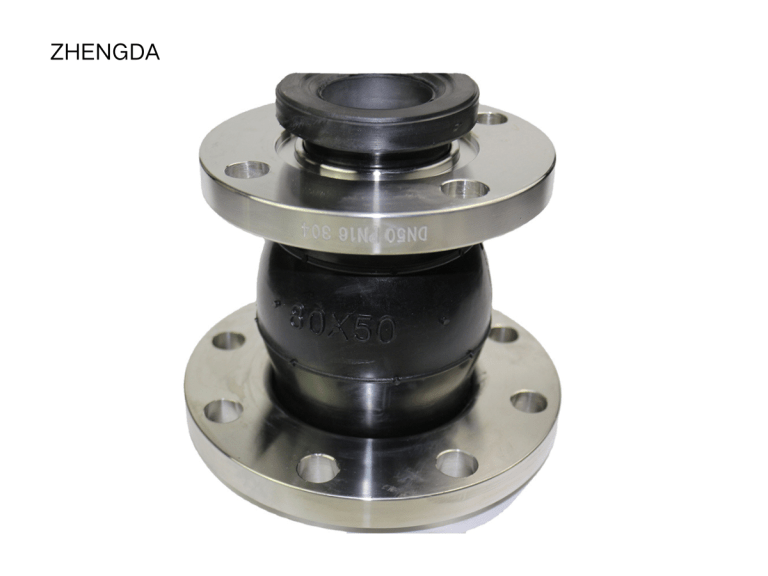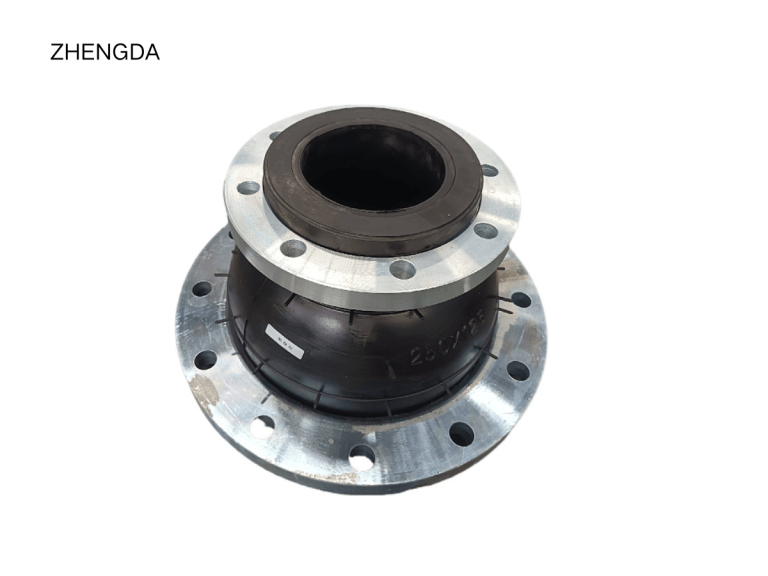1.Inspection Before Installation
•Check whether the rubber joint is damaged, aged, or defective.
•Confirm the model, pressure rating, and flange size match the system requirements.
2.Installation Environment
•Avoid installation under direct sunlight, ozone, or in environments with high temperature or strong corrosive chemicals.
•If outdoor installation is necessary, use UV-protective shields or covers.
3.Installation Instructions
•Align the rubber joint with the center of the pipe flanges. Avoid pulling or twisting during installation.
•Tighten bolts crosswise and evenly to avoid uneven force or deformation.
•Use proper washers and gaskets.
4.Precautions
•Ensure the pipeline is properly fixed; rubber joints are not designed to bear the full weight.
•Do not over-extend, over-compress, or apply excessive torsion to the joint.
•Allow for movement as specified (axial, lateral, angular) within rated limits.
•Install limit rods or anti-pull devices if the pipe system lacks sufficient fixation.
5.Working Pressure & Temperature
•Observe the rated pressure and temperature range during operation.
•Standard range: -15°C to +115°C (or as specified).
6.Routine Inspection & Maintenance
•Inspect every 6–12 months for signs of aging, damage, or leakage.
•Replace if any abnormalities are found.
1. Inspection Before Installation
•Check whether the rubber joint is damaged, aged, or defective.
•Confirm the model, pressure rating, and flange size match the system requirements.
2.Installation Environment
•Avoid installation under direct sunlight, ozone, or in environments with high temperature or strong corrosive chemicals.
•If outdoor installation is necessary, use UV-protective shields or covers.
3.Installation Instructions
•Align the rubber joint with the center of the pipe flanges. Avoid pulling or twisting during installation.
•Tighten bolts crosswise and evenly to avoid uneven force or deformation.
•Use proper washers and gaskets.
4.Precautions
•Ensure the pipeline is properly fixed; rubber joints are not designed to bear the full weight.
•Do not over-extend, over-compress, or apply excessive torsion to the joint.
•Allow for movement as specified (axial, lateral, angular) within rated limits.
•Install limit rods or anti-pull devices if the pipe system lacks sufficient fixation.
5.Working Pressure & Temperature
•Observe the rated pressure and temperature range during operation.
•Standard range: -15°C to +115°C (or as specified).
6.Routine Inspection & Maintenance
•Inspect every 6–12 months for signs of aging, damage, or leakage.
•Replace if any abnormalities are found.
